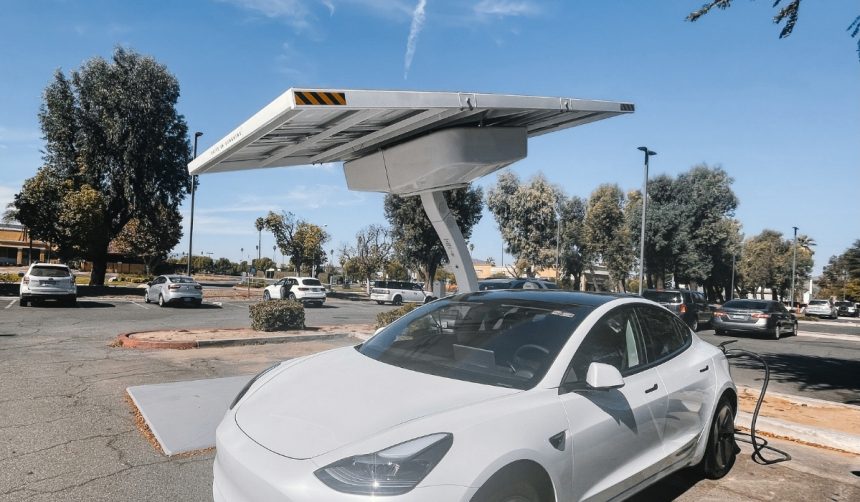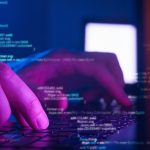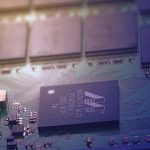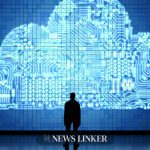Tesla‘s autonomous ride-hailing project has moved noticeably forward as the company’s Full Self-Driving (FSD)-based Robotaxi vehicles were recently observed operating in multiple areas of Arizona. Residents of Gilbert and Tempe have reported spotting these uniquely outfitted validation units, which are equipped with LiDAR technology, suggesting that Tesla is evaluating its self-driving software on the state’s roads before launching a wider service. Amid steady interest in self-driving technology, local curiosity about Tesla’s efforts continues to grow, with many noting the company’s increasingly visible presence in the region. The appearance of Robotaxi vehicles on public streets points to tangible steps being taken toward expanding Tesla’s ride-hailing footprint beyond its established operational zones.
Not long ago, discussions around Tesla’s Robotaxi service focused mainly on deployments limited to cities like Austin, Texas, and the Bay Area in California. At that stage, public access was highly restricted and validation activities were largely concentrated in specific locations. Now, ongoing sightings in new states and Tesla’s recruitment efforts for Autopilot Vehicle Operators across states including New York and Florida show a more assertive national approach.
Why Is Tesla Bringing Robotaxi to Arizona?
Tesla appears to be targeting Arizona due to its favorable regulatory landscape and history of autonomous vehicle trials. Validation vehicles operating in cities such as Gilbert and Tempe reflect both state-level openness and Tesla’s focus on rapidly expanding its self-driving ride-hailing coverage. This initiative is consistent with expanded testing in other regions, following a similar strategy that began in Texas and California.
What Does the Current Expansion Mean for the Ride-Hailing Market?
With the expansion into Arizona and ongoing efforts in states like Nevada, Tesla continues to position Robotaxi as a contender in the autonomous ride-hailing sector. The recent public launch of the Robotaxi app—previously restricted to those in Austin and the Bay Area—allows more users potential access, further signaling a move towards broader service rollout. Tesla’s leadership maintains high expectations, reflecting the company’s ambitions.
“We are working to bring Robotaxi to at least half of the U.S. population by the end of the year,” stated Elon Musk, Tesla’s CEO.
Simultaneously, the deployment in Arizona offers Tesla an expanded testing ground and a chance to gather crucial data in varying urban traffic conditions. These validation runs could help the company refine its Full Self-Driving system ahead of wider public adoption. As part of this strategy, Tesla is also recruiting drivers in regions where it has yet to deploy Robotaxi vehicles, such as New York and Florida.
How Might Tesla’s Robotaxi Progress Affect Future Mobility Services?
The visible activity around Tesla’s Robotaxi rollout—combined with broader hiring efforts and app accessibility—underscores the evolving landscape of autonomous mobility. As these vehicles become more common on American roads, other technology and automotive companies are likely monitoring Tesla’s strategy and regulatory progress.
“We continue to validate Robotaxi in new regions and evaluate passenger experience as part of our commitment to safe deployment,” said a Tesla spokesperson.
Continued expansion efforts put Tesla in a position of increasing influence within the ride-hailing and autonomous vehicle sectors. Other regions, including Nevada, are under consideration as well, which could further Tesla’s competitive edge as it seeks regulatory permissions and builds operational infrastructure across the country. With more of the public gaining access to the Robotaxi app, user feedback and data should play a key role in the next phases of the rollout.
Given the rapid expansion of Tesla’s Robotaxi project, several practical points emerge for readers interested in autonomous transportation. Arizona’s open approach to autonomous vehicle testing, coupled with Tesla’s aggressive validation campaign, provides a case study in how regulatory policy can shape the speed and areas of AV service deployment. For those tracking the rollout of similar technology, it will be important to monitor how user experiences, safety data, and state policies influence Tesla’s broader ambitions in this field. Ultimately, competition in this sector is likely to intensify as early successes and setbacks become visible, shaping public expectations and the regulatory environment nationwide.










